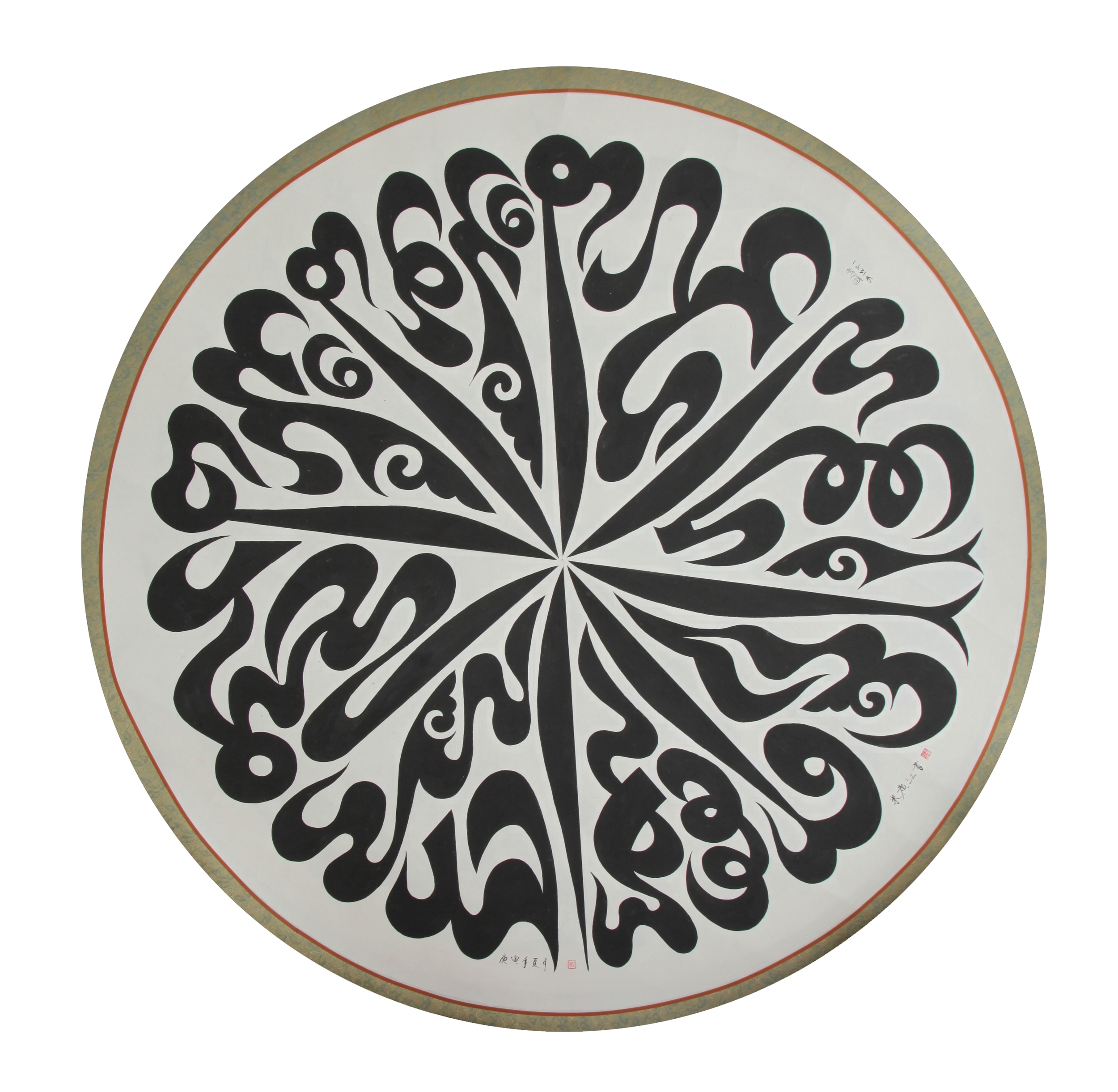With the founding of Islam in the 7th century the Arabian Peninsula was drawn out from a cycle of tribalism and ignorance. The exchange of knowledge soon became widespread, highly encouraging the flourishing islamic empire, bringing wealth, learning, and art not only to the countries it conquered but to Christian Europe.
China, an empire in itself was also effected by the spread of Islam. As early as 651 AD, around 19 years after the death of Prophet Muhammad ﷺ a channel had already existed between the Middle East and China. The famous Silk Road brought trade to europe from and through these regions. This vast country was also a beacon of knowledge, and was open minded to the teachings of Islam even allowing Muslims to integrate into society for a time. Chinese speaking Muslims such as merchants and soldiers with Arab and Persian ancestry would marry into the Han Chinese, thus forming their own unique identity.
'In the name of Allah, Most Gracious, Most Merciful. Ayat Al Kursi.
Porcelain and fine bone china were considered some of the finest exports from China along with silks, gunpowder and paper, ubiquitous products in our lives today. During the Yuan Dynasty, towards the end of the 14th century Chinese Muslims incorporated their own designs into Chinese items, simultaneously evolving a new style of Arabic script called ‘Sini’ which literally translates from Arabic to 'China' and so began the intermingling of Chinese artisan craftsmanship and Islamic design.
Calligraphy by Haji Noor Deen
In the 17th and 18th century pieces were commissioned from the wealthy heart of the Muslim Empire, items such as water sprinklers were inscribed with Arabic calligraphy but created by Chinese. Incense holders and objects usually reserved for Buddhist and Taoist religious ceremonies were also used by Muslims but did not have the religious connotations.
Haji Noor Deen (Chinese name Mi Guang Jiang) is a master calligrapher fluent in both his native Chinese and in Arabic. Born in 1963 in the Shandong Province, China, his interest in calligraphy began as a teenager 'When I was 18, it was my first time to actually start to studying Arabic Calligraphy, since we had to hand-copy the books from our professor.'
His efforts have rewarded him the honour of being the first Chinese Muslim to receive the Egyptian Certificate of Arabic Calligraphy and induction as a member of the Association of Egyptian Calligraphy.
Haji Noor's mastery of Arabic calligraphy and his unique style has given him a reputation of great renown. He has lectured in Harvard, and Cambridge University among many others and has a permanent piece, 'The 99 Beautiful Names of God' exhibited in the British Museum, London.
The Sini script is not constrained to the rules of Arabic calligraphy thus allowing the calligrapher much more freedom of expression. The words can be written from top to bottom, bottom to top, right to left and from the middle outwards. 'The Sini Style has been modified for a really long time, there wasn’t an official document recorded, but this font was realised at the end of Yuan Dynasty (1271-368)' Haji Noor explains 'Calligraphy can increase the faith, patience, and also can cultivate one's morality.'
'Imagine Arabic calligraphy shaped into a Chinese character, or Chinese characters shaped into Arabic Quranic verses, and you will get some idea of the intricacy and the brilliance of the Sini calligraphic style.'
What may seem effortless to us is a result of continuous practise, so how long does it take? 'It really depends, sometimes it takes weeks to have an idea, but sometimes, it might just be couple hours.'
Calligraphy was popularised in the Islamic world after it was revealed to Muslims that representations of animate living beings are forbidden. In an effort to still express beauty and artistic flair, geometry and lettering came together to form some of the most beautiful and intricate examples of calligraphy the world has ever seen. This art form was used to decorate tiles, vases, plates, buildings and adorn mosques with verses from the Quran.
The Chinese hold calligraphy in high esteem, crowning it above all of the artistic practises. With various papers, inks and tools for a calligrapher to choose from the art is ever evolving with infinite varieties of styles and aesthetic.
The detail and intricacy in some of his pieces can be seen in the photograph below.
If you want to learn more or see the master at work there are some future opportunities. 'I have several events in the UK during May, and some others in US during September. All of my artworks are originals, and everything handmade.'
If you live around Bradford be sure to attend the Literature Festival so you do not miss out on a demonstration and an introduction to Arabic Calligraphy and the Sini Script. Book here for the workshops on Saturday 21st May and Sunday 22nd May.
To see more visit www.hajinoordeen.com
Demonstration of Calligraphy by Haji Noor Deen
Much thanks to Haji Noor Deen for answering questions and providing photos and resources to reference.
Author: Aaliyah Green








